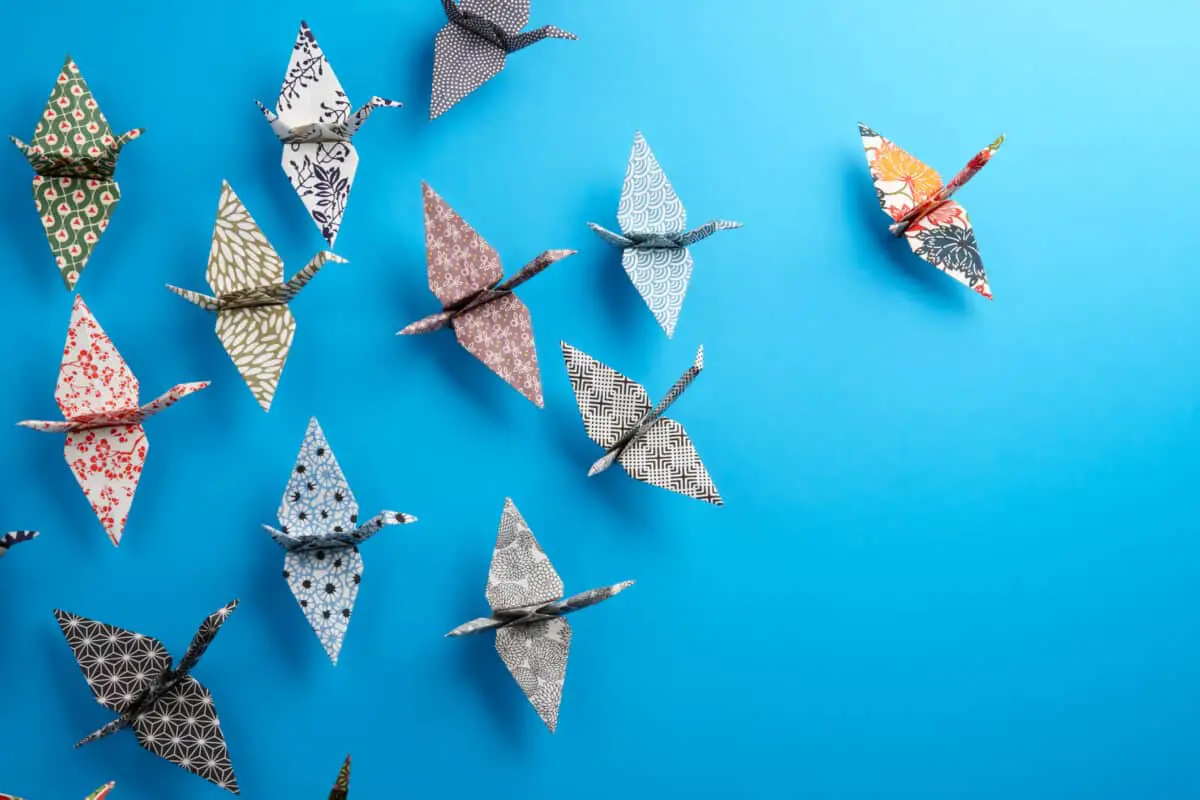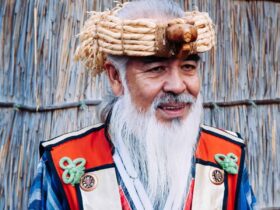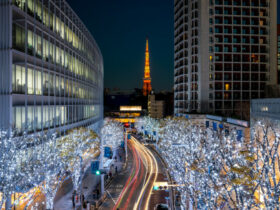Origami (折り紙) is the Japanese art of folding paper. The concept involves taking a flat, square sheet of paper and transforming it into an amazing sculpture. It involves a number of folds and techniques to present a variety of intricate designs. The realm of Origami leaves unlimited possibilities to the imagination and the individual’s skill.
However, the most common and recognizable uses are in things like packaging, stents, and other engineering applications. Regardless, it is an ancient art with worldwide popularity.
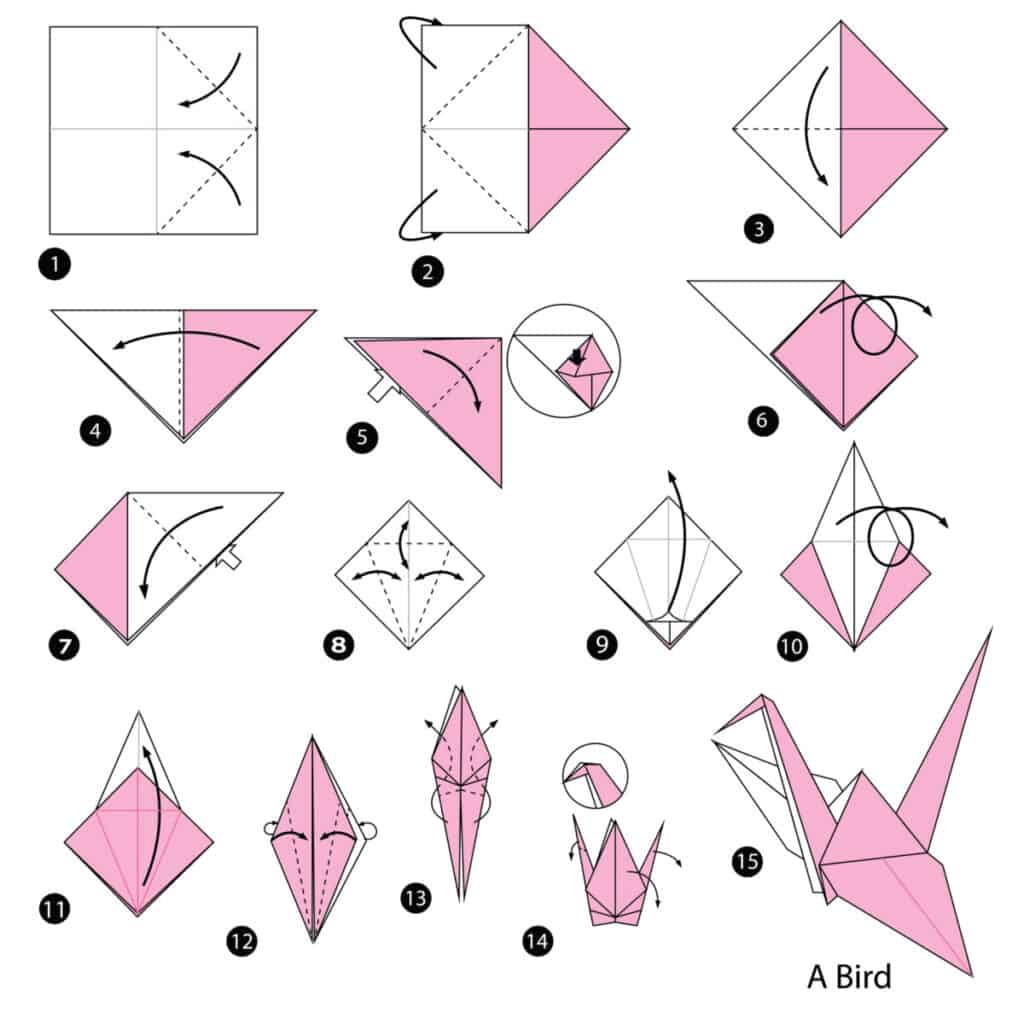
A Brief History ; Understanding about Origami
Origami translates to “folding” (from the root ori) and “paper” (kami; changes to gami due to grammatical rules).
Today, Origami has associations with any folding paper art, regardless of country or culture. However, it essentially stems from Japan’s take on this ancient practice.
It’s important to note, though, that Origami didn’t start in Japan. China and Europe also have long-held practices. These were separate and distinct until the 20th Century.
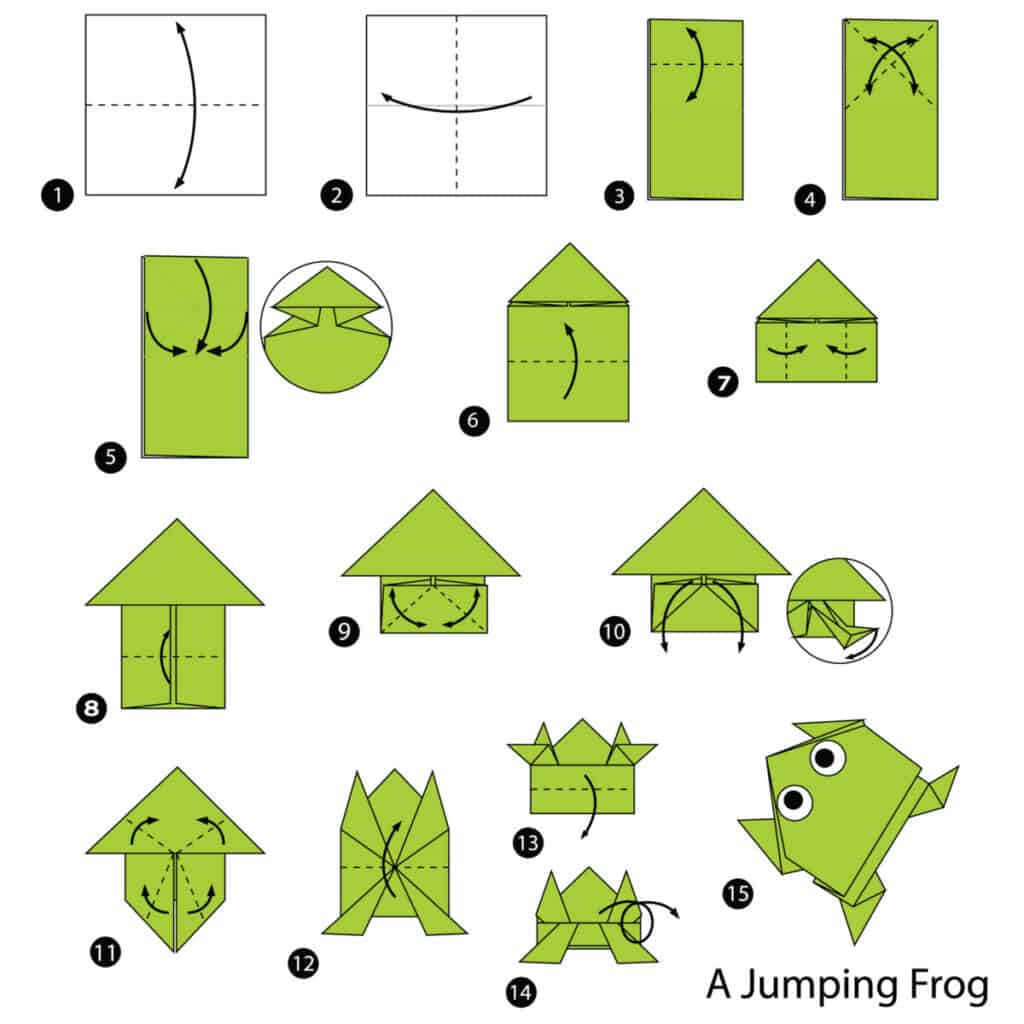
China’s Paper Folding
China’s traditional use of folded paper is as a funerary decoration where they burn it. This dates back to sometime between 905 and 1125 AD, during the Song Dynasty.
European Napkin Folding
Napkin folding was a well-developed European art popular during the 17th and 18th centuries as a status symbol among nobles. But, with the introduction of porcelain, it almost died out.
That is until Friedrich Fröbel’s method, called “Kindergarten,” revived the art form along with “Pajarita,” a special stylized bird.
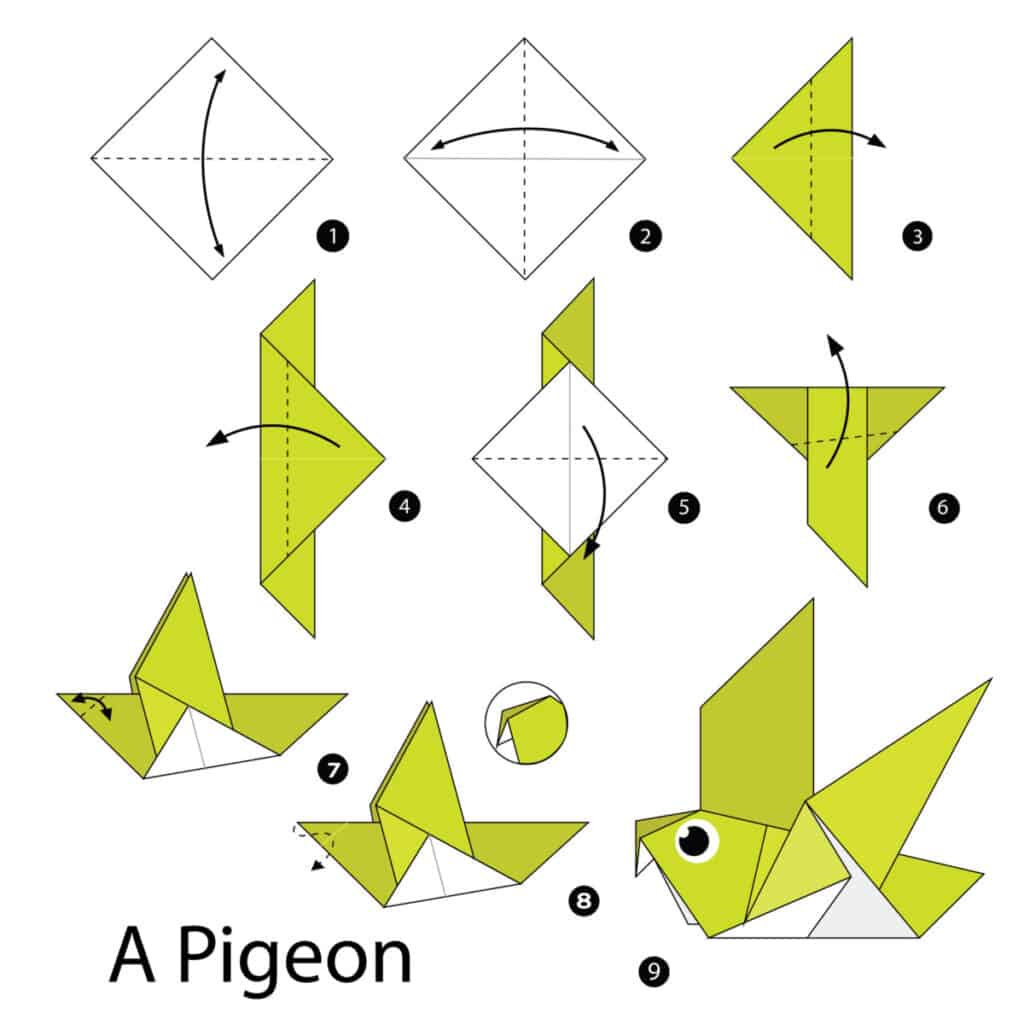
The Evolution of Japan’s Origami
The earliest reference to Origami in Japan is from a short poem in 1680 written by Ihara Saikaku. There is mention of a butterfly design used during Shinto weddings. Other earlier writings indicate folded paper shapes for religious ceremonies.
Upon the opening of Japan’s borders in the 1860s, Fröbel’s method became part of Japanese Origami along with other German philosophies on paper folding.
This introduced the challenge of cutting restrictions and starting with a flat, square bi-colored paper.
In the early Edo Period (1603 to 1868), the Japanese methods employed less strict conventions. It was part and parcel of making specific cuts, colors, or markings. Oftentimes, they would add these after folding.
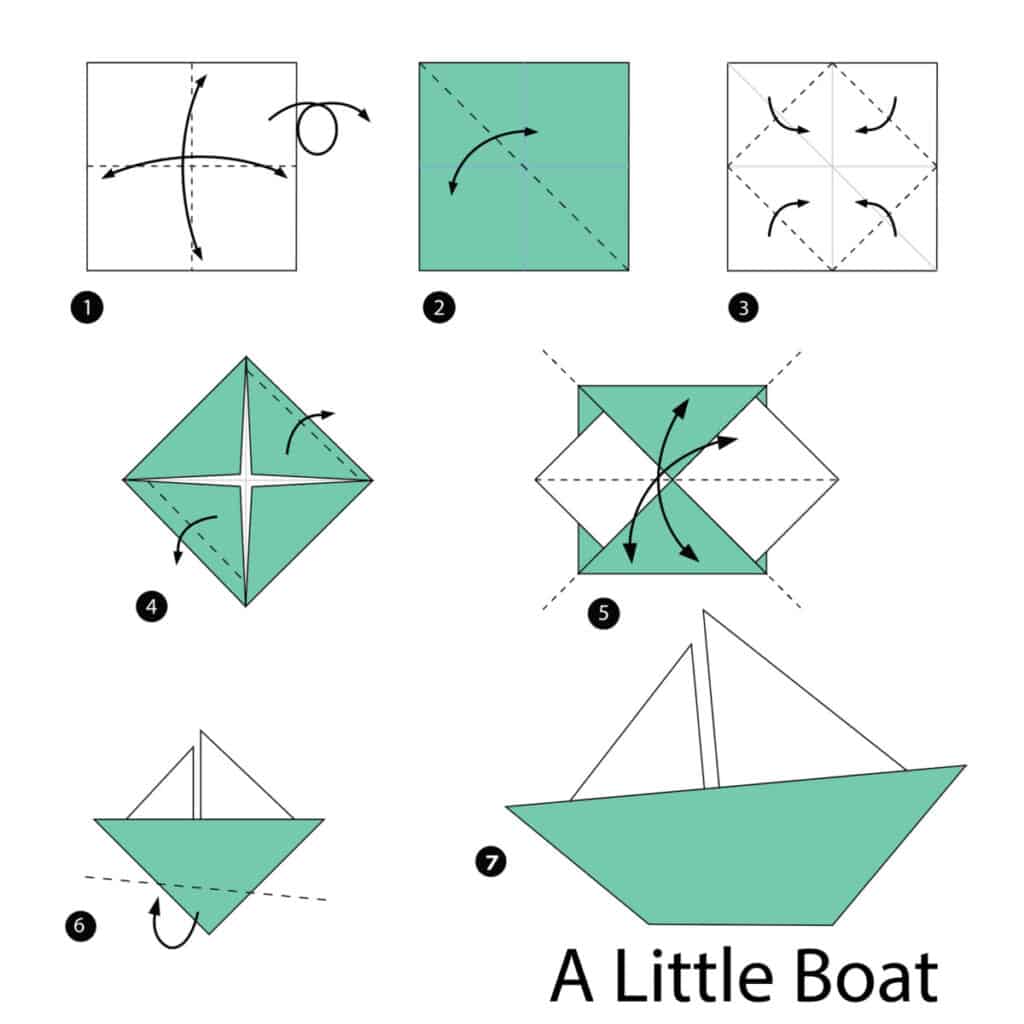
Basic Origami Language
To understand Origami, there is some basic jargon to learn. These are what produce the particular folds according to the rules of the techniques to construct the sculptures.
Some of them are things like pleats, reverse folds, sinks, squash folds, or valley and mountain folds.
Origami Techniques
There are a number of notable Origami methods; all with their own rules, restrictions, and guidelines:
- Action: Whereas most Origami is still life, action produces movement such as flying or getting figures to play music. Some use the kinetic energy of human hands when placed at specific areas of the design.
- Kirigami: Kirigami is a separate Origami that refers paper cutting. This is the more traditional form of Japanese Origami before the introduction of European practices.
- Modular: This technique requires a number of identical pieces attached together in such a way as to form a single object. These smaller pieces are usually simple but assemble to create a more complex whole.
- Pureland: Pureland is a very restrictive style of Origami that allows for only simply valley and mountain folds with straightforward points.
- Strip Folding: Combining Origami with paper weaving, this is a popular 3D way to create paper folding sculptures.
- Teabag: Using small square pieces of paper from teabags, these are tiny Origami models. They interlock to produce a 3D version of the underlying design, making it ideal for greeting cards.
- Tessellations: This is a branch of Origami using figures to fill a plane. But the catch is that there cannot be any visible overlapping or gaps.
- Wet Folding: With water and heavy paper, the wet-folding technique allows for the development of curves. The artist molds damp paper, which dries after manipulation to retain its shape.
- Technical: Called Origami Sekkei (折り紙設計), this is an original technique developed as a highly engineered crease pattern. This requires mathematics and preplanning before folding.
Paper Is the Star in Origami
The origami paper is specific. It must be square, not rectangular. Any type of flat material can work as long as it keeps an even, folded crease.
The typical size can range from one inch (2.5 centimeters) to 10 inches (25 centimeters) or larger. Very often, it will be white on one side while the other has a completely different color, pattern, or design.
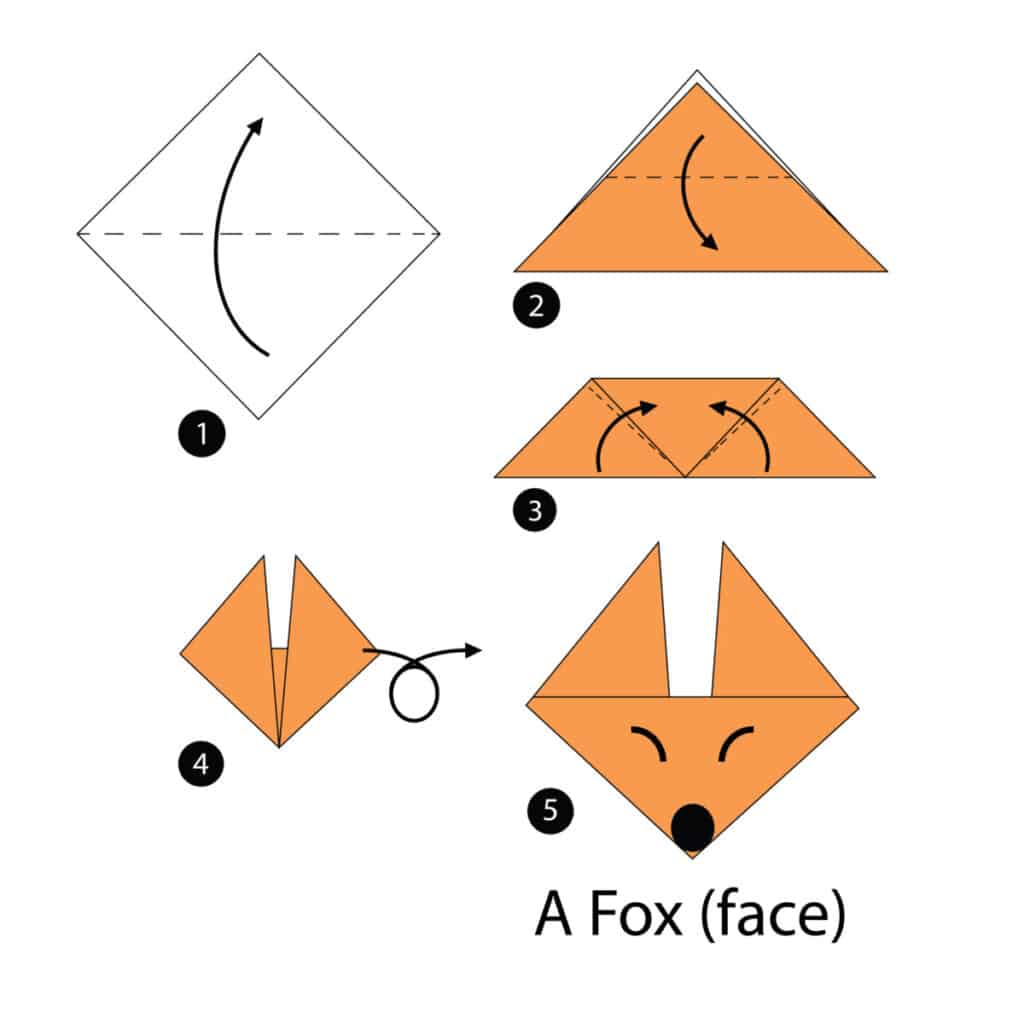
Specialty Papers
The Japanese have an array of special papers specific to Origami. The most used and traditional of these is Washi (和紙).
It’s more rigid and tough than typical wood-pulp paper and comes from fibers like gampi tree bark, paper mulberry, or the mitsumata shrub. But it can also comprise hemp, rice, bamboo, or wheat.
There are other artisan papers like unryu, lokta, hanji, kozo, saa and abaca. These all come from woods and barks with long, strong fibers.
But, these tend to be floppy so artists first coat or resize them with wheat paste or methylcellulose.
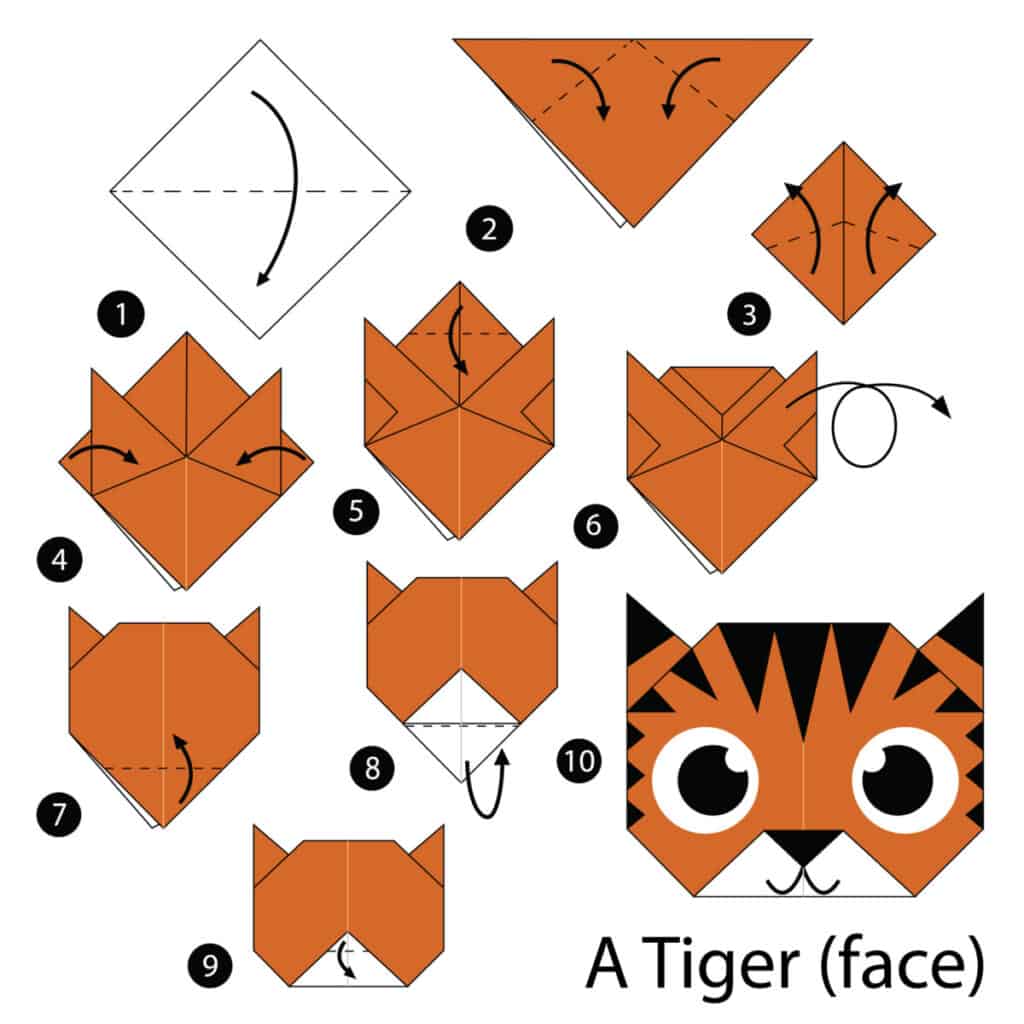
Other Papers
However, you can use other papers. Copy or printer papers usually have a weight between 19 and 24 lbs and are ideal for simpler designs.
Heavier papers of 25 lbs or more are more difficult to work in Origami but make a great medium for the wet folding method.
Alternatively, another type of Origami paper is fiat currency from various countries. The Japanese call it Orikane, or Dollar or Money Origami.
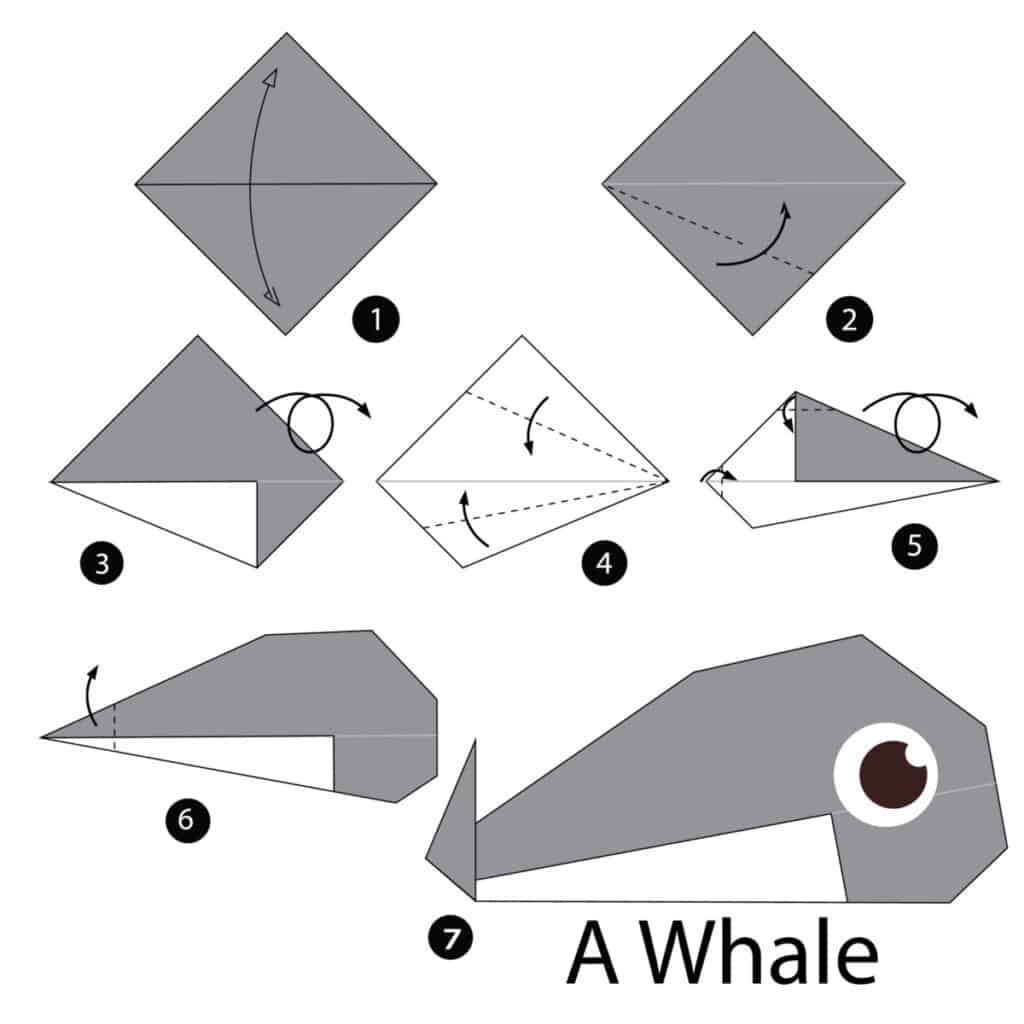
Tools for Origami
Of course, no artist’s repertoire is complete without tools. While some diehards believe no tools or even a table should be part of the creation process, some tools do come in handy for newcomers.
- Bone Folder: makes sharp and straight creases
- Paperclips: serves as an additional pair of fingers
- Tweezers: good for tiny, diminutive folds
- Ruler: ideal for special crease patterns
- Ballpoint Embosser: for scoring creases
- Sprays: fixatives to help sculptures hold their shape; particular to the wet folding method

